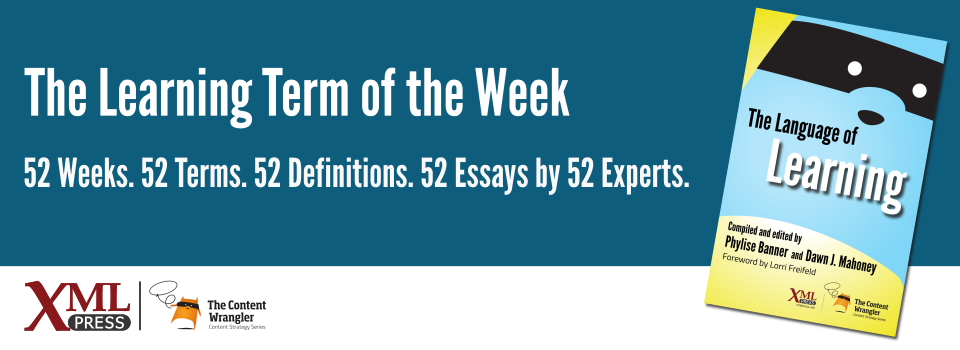What is it?
The degree to which a learner pays attention to the content and interactions, reacts to and participates in the activities, and responds to the instructor, other learners, and technology throughout a learning experience.
Why is it important?
Engagement traditionally is one of the first indicators of whether learning has a chance to be effective. Engagement does not need to be connected to liking something or disliking it, though disliking something may lead to disengagement. It’s important to understand how engagement is connected to retention and application, how it differs among learners, and how to build it into learning programs in ways that appeal to a variety of learners.
Why does a business professional need to know this?
Ask a learning and development professional what’s most important in a training initiative and their first response is likely to be: engagement. The participants need to be engaged, the trainer needs to know how to engage them, and the topic needs to be put together in a way that is compelling.
Research has repeatedly shown that engagement is directly connected to retention(Stephenson 2020)(Korobova 2015). A learner must respond to the training content and then remember it for any training experience to be applied on the job.
Here are 5 simple ways to create engagement and motivate learners:
- Create friendly, open, safe, and encouraging learning environments where participants feel comfortable taking chances and at ease communicating with the instructor and one another.
- Set clear expectations for the learning goals and objectives. Participants are engaged when they know what they are doing, why they need to do it, how it will be accomplished, and what, exactly, a successful outcome looks like.
- Challenge participants to be active with the learning process, to do something with the content being covered, and to find their own ways to apply it in their own environments.
- Reward and recognize their efforts. Participants engage when they are seen, heard, and included.
- Stay connected with open communication and dialogue, allowing participants the flexibility to adjust how they are learning, work through challenges with assignments, and build camaraderie with the instructor and others along the way.
References
- (GSP 2015) The Glossary of Education Reform: A perspective from education
- (Georgieva 2019) Learners Engagement in Corporate Learning: A blog post from a corporate learning perspective
- (TalentLMS) How To Motivate Learners: 7 Surefire Learner Engagement Strategies: An eBook focused on learner engagement
- (Stephenson 2020) The relationship between learner engagement and teaching effectiveness: a novel assessment of student engagement in continuing medical education: Stephenson, Christopher R. (2020). BMC Medical Education.
- (Korobova 2015) A Comparative Study of Student Engagement, Satisfaction, and Academic Success among International and American Students: Korobova, Nadia. (2015). Journal of International Students 5, 1 (2015): 72–85. PDF format.
- (LaBorie 2015) Interact and Engage! 75+ Activities for Virtual Training, Meetings, and Webinars, 2nd edition: LaBorie, Kassy. (2015). ATD Press.
- (LaBorie 2020) Producing Virtual Training, Meetings, and Webinars: LaBorie, Kassy. (2020). ATD Press.

